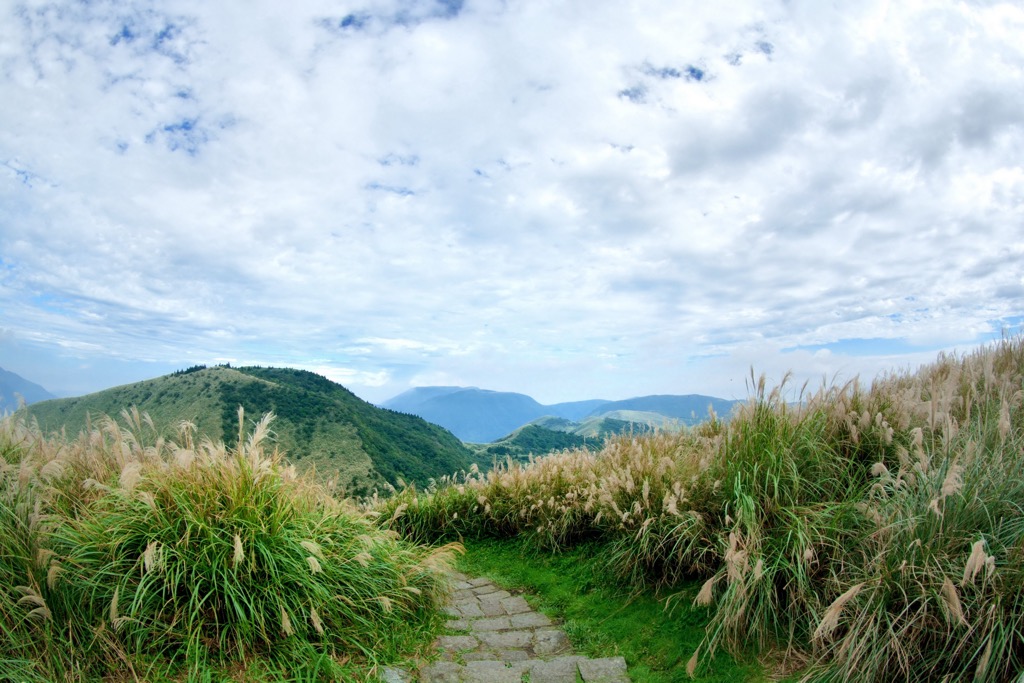Get PeakVisor App
Sign In
Search by GPS coordinates
- Latitude
- ° ' ''
- Longitude
- ° ' ''
- Units of Length

Yes
Cancel
Share ×

Scan the QR code and open PeakVisor on your phone
❤ Wishlist ×
Choose
Delete
Tucked in the hills of Yangmingshan National Park (陽明山國家公園) of northern Taiwan is a pristine region of thriving wildlife and an alpine lake. Only one hill features in Menghuan Lake Ecological Reserve (夢幻湖生態保護區). The volcanic mountain of Menghuanhu Shan (夢幻湖山) measures 883 meters (2,879 ft).
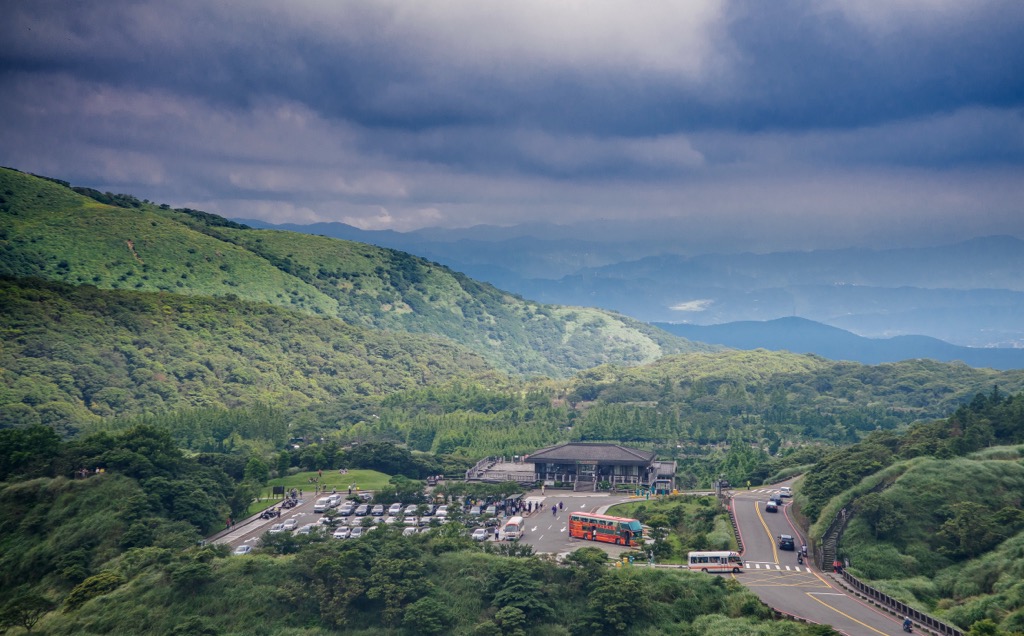
Menghuan Lake Ecological Reserve lies in the southern region of Yangminghsan National Park, forming part of the Beitou District (北投區) in Taipei City (臺北市). Known as Taipei’s backyard, Yangmingshan National Park holds incredible biodiversity and boasts a volcanic belt of dormant mountains that erupted hundreds of thousands of years ago.
Similarly, Menghuan Lake Ecological Reserve foretells a volcanic past. While still a mystery, geologists believe Menghuan Lake (夢幻湖) is either a crater lake, a fumarole-made depression, or caused by an inter-volcanic depression.
One special feature of Menghuan Lake is the endangered Taiwan water leek only grows in its waters. Holding between 0.3 to 0.5 ha (0.7 to 1.2 ac) of water, depending on the season, the alpine Menghuan Lake sits at an elevation of 860 meters (2,822 ft) on Menghuanhu Shan’s northern slope.
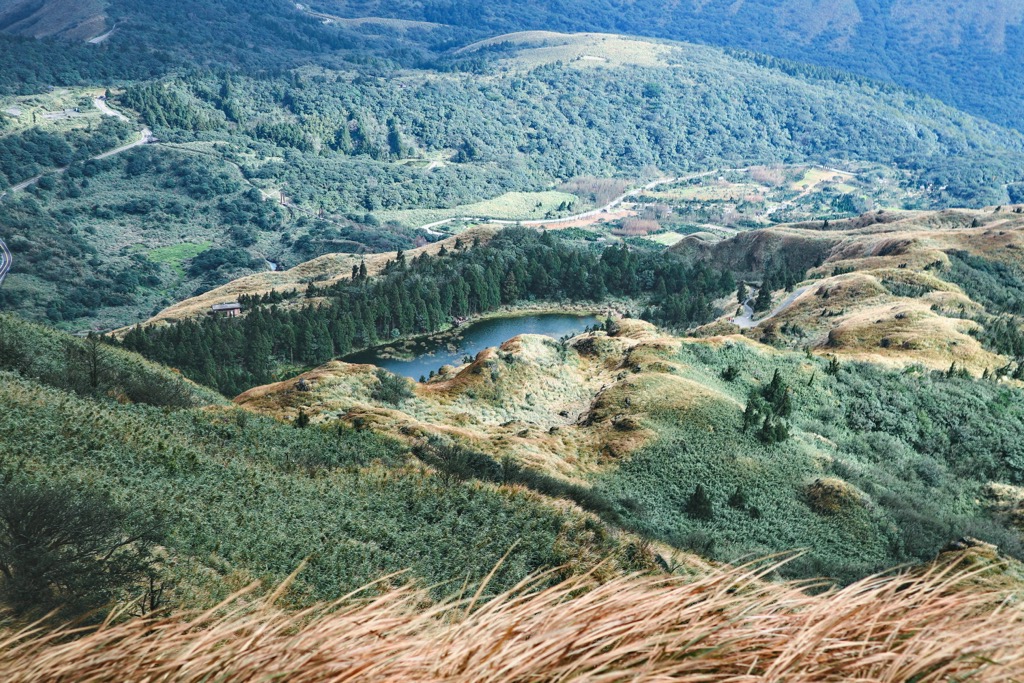
During the winter, Menghuan Lake is at maximum capacity as the northeast monsoon rains raise the water levels. As the temperature dips to a daily mean of 52°F (11°C) between December to February, a misty vapor hovers above the water's surface on chilly mornings. This is how Menghuan Lake, translated as Dream Lake, received its name.
As Menghuan Lake Ecological Reserve lies in an accessible region of Yangmingshan National Park, near Qixingshan’s (七星山) fumarole, the area receives many visitors who walk the lakeside trail.
Other areas of notable interest near Menghan Lake are Lenghshuikeng Hot Springs (冷水坑溫泉) to the east, Datun Liangfeng Special Scenic Area (大屯連峰自然文化景觀核心特別景觀區) to the west and Qixingshan Special Scenic Area (七星山自然文化景觀核心特別景觀區) to the north. While Beitou Hot Springs (北投溫泉) lies to the southwest.
The Datun Volcano Group (大屯火山群) forms a collective of erupted volcanoes that scatter in an east-west formation in Yangmingshan National Park. These andesitic lava volcanoes exploded between 200,000 to 1 million years ago in several stages.
As an extension of Qixingshan, Menghuanhu Shan belongs to Datun Volcano Group’s cluster. Menghuanhu Shan comprises igneous and sedimentary rock from the Pleistocene epoch.
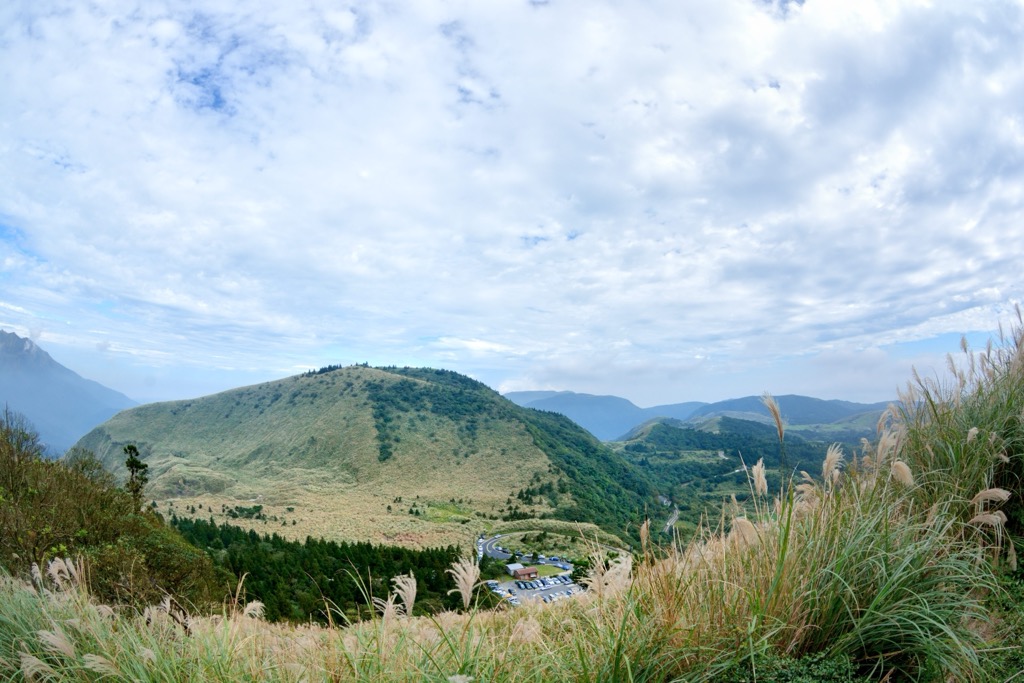
Menghuan Lake is a biodiverse breeding ground for aquatic plants. Besides the endangered and rare Taiwan water leek (Isoetes taiwanensis), plants like water chestnuts, needle rush, and water lilies thrive. Surrounding the lake is a thriving cedar forest with dense Miscanthus shrubbery, while walking along the lakeside trail, you can also note flowering perennials, such as chrysanthemums, wild peonies, and lungworts.
There is a large presence of aquatic wildlife, such as many frog and fish species. You’ll find the endemic Mintian tree frog and Taipei tree frog roaming about while the small snakehead populates the shallow pond area. You may also find lizard skinks scurrying around and squirrel activity in the forest.
In earlier times, between 600 to 1,000 years ago, ancestors of the Pingpu tribe settled in Yangmingshan National Park, especially around the rivers and creeks in Beitou, Shilin (士林區), and Tamsui (淡水區) districts. The prehistoric dwellers hunted and mined sulfur as trading goods with foreign merchants.
As the influx of Han settlers emerged in the 1700s, the new immigrants dispersed into Taipei and New Taipei City’s (新北市) regions, where they farmed on fertile lands. As tea rose in value and became a popular commodity, tea plantations rippled across Yangmingshan National Park’s undulating fields.
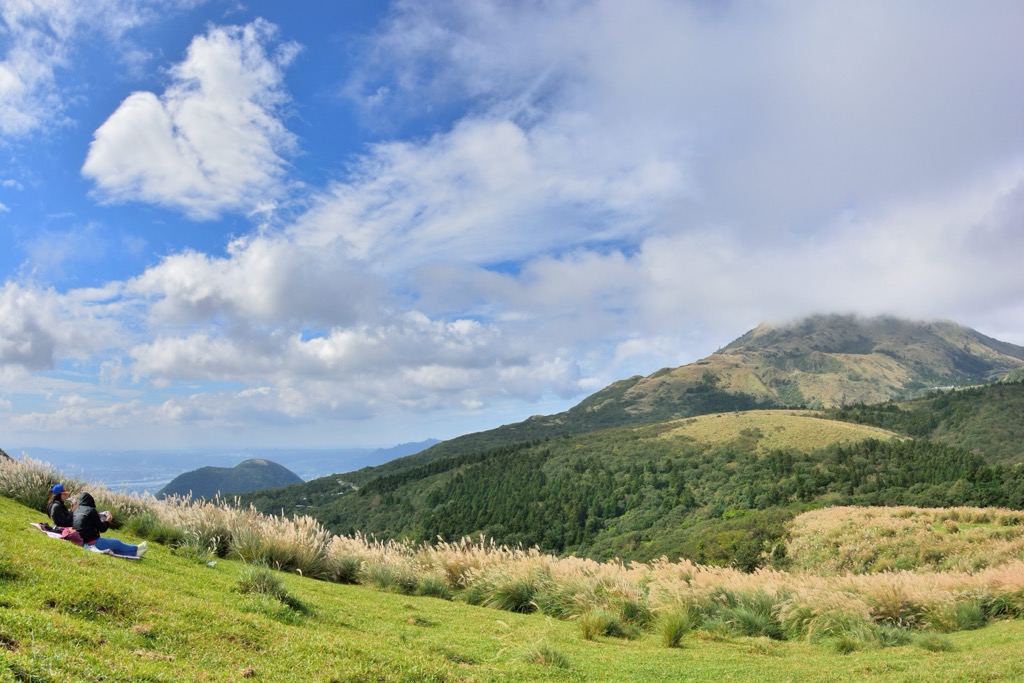
During the Japanese Occupation Era, Zhuzihu’s (竹子湖) fertile valley became a rice farm for nationwide production. The Japanese also established hiking trails in the verdant hills of Yangmingshan National Park and constructed public baths at hot springs to promote tourism.
For the best hiking experience, we recommend the following trails and areas in and around Menghuan Lake Ecological Reserve:
Explore the lush surroundings of Menghuan Lake and admire the glistening pool from the circular wooden walkway. As the ecological pond is a protected area, you can only view the lake from the barrier trail and cannot venture beyond the path.
While only 1.5 km (1 mi), Menghuan Lake Trail affords stunning views of Yangmingshan National Park’s scenic attractions. You’ll overlook Qingtiangang (擎天崗) meadows, Qixingshan’s hilly network, and nearby Qigu Shan’s (七股山) peak.
As you stroll along the lakeside boardwalk, look out for frogs hopping across the lake’s edge and birds bathing in the waters. Inhale the wooden scent of the luscious cedar forest that borders half the lake as you look out across the undulating land in the clearings. As the path is near other attractions, you can extend your walk to Qixingshan’s steaming fumaroles or Lengshuikeng Hot Springs.
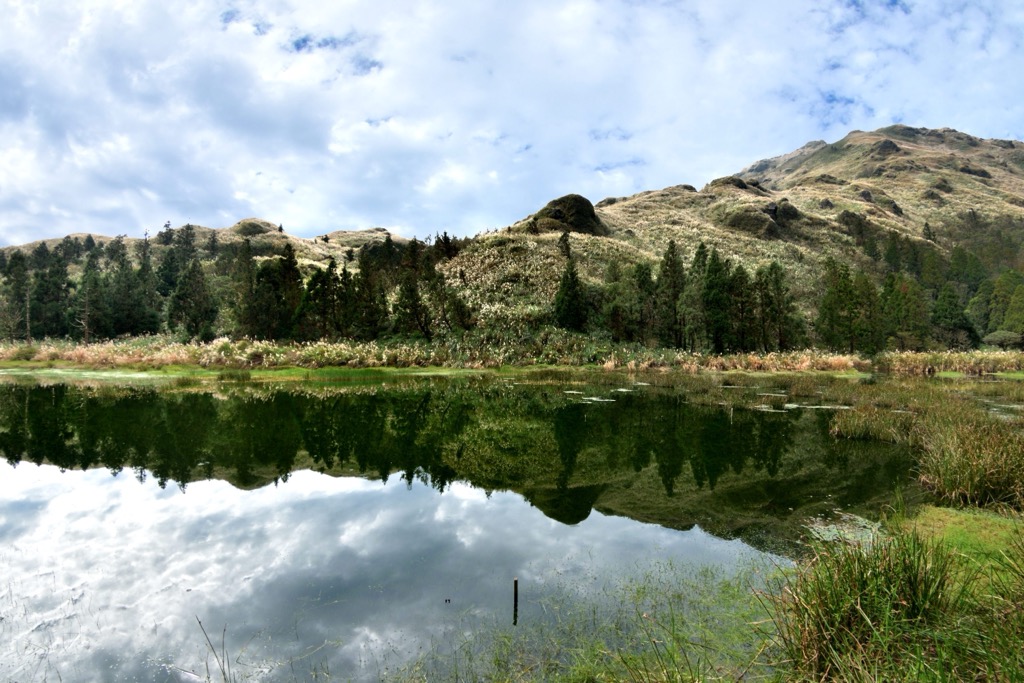
Descend into the valley where Lengshuikeng Hot Springs spurts cloudy thermal springs, thus nicknamed the Milk Pond (牛奶湖). While not entirely cold, the 104°F (40°C) water is cooler than average, thus earning the name Lengshuikeng, meaning ‘cold water tunnel’.
You can either dip your feet in the hot spring river or head inside the free Japanese-style spa for a soak in the tepid waters. It’s a perfect way to relax and rejuvenate your body and mind after wandering the lush trails in Yangmingshan National Park.
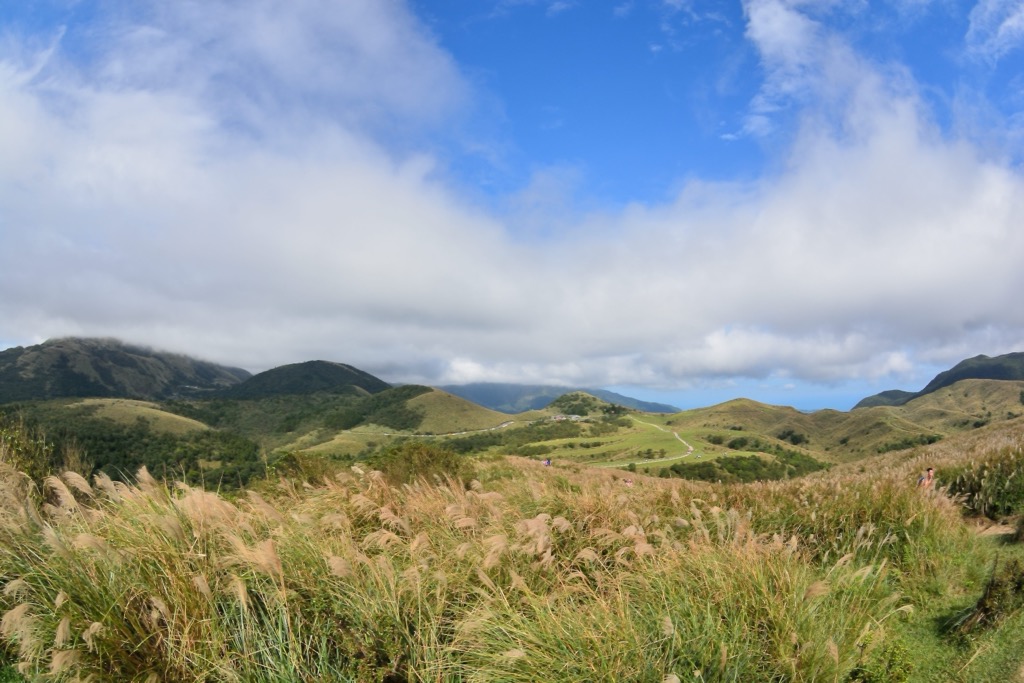
One of Yangmingshan National Park’s star attractions, the Qixingshan Hiking Trail is popular for Xiaoyoukeng’s (小油坑) steaming sulfuric fumaroles on the hillside. Start the journey from Xiaoyoukeng Trailhead for the best views to experience the vent’s rotten-smelling vapor emissions. Feel the warmth on your face and take wonder as you gaze at a post-volcanic marvel.
Continue your trek to Qixingshan Main Peak, the highest mountain in the park. You’ll climb through dense growths of silvergrass that rustle in the soft wind. In the summer months, green maple and red nanmu flowers blossom along the trail, adding depths of color to the greenery.
After a 2.2 km (1.4 mi) ascent, you’ll reach Qixingshan Main Peak, with unparalleled views of Taipei City. As Taiwan’s capital sits in a basin, you’ll overlook the entire metropolis from the 1,118-meter (3,668 ft) high mountain. If you wish to extend the hike, follow the trail onwards to Qixingshan East Peak (七星山東峰) and then descend the hill towards Miaopu Trailhead to walk the entire 5.7 km (3.5 mi) trail.
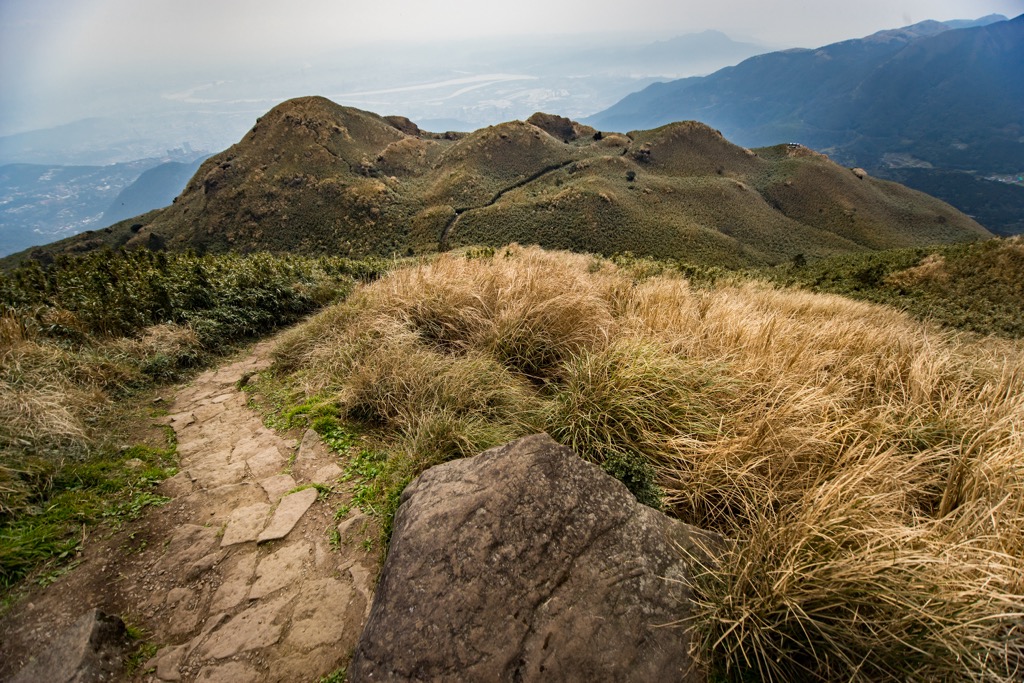
Experience the beauty of Qixingshan with a hike along the Arrow Bamboo Forest Trail (箭竹林步道). This 4.5 km (2.8 mi) trail spans from north to south of the mountain and begins at the Yangmingshan Bus Station, just north of Qixingshan.
Throughout the hike, you'll be surrounded by thin bamboo stems that stand about 2 meters (6.5 ft) tall, providing a natural tall shield in the valley. Admire the aged pointed sheaths arranged in an arrow-like shape around the bamboo joints, from which the trail derives its name. Immerse yourself in the picturesque scenery and the splendor of nature as you venture on this trail.
Head to the scenic meadows of Qingtiangang, a flat grassland that flourished above a lava terrace. A much-loved trail for families, Qingtiangang gently undulates across the grassy terrain, so little effort is required when walking the 2.4 km (1.5 mi) path backed by mountains.
Once a cattle farm during the Japanese Occupation Era, you’ll still see water buffalo and cows grazing on the meadows. On weekends, locals love to visit and picnic on the large grassy plain as they admire the verdant scenery of soft, rolling lawns, thickets of silvergrass billowing in the wind, and wildlife. As the fog rolls onto Yangmingshan National Park, a cloud of mist lingers above Qingtiangang, drenching the area with an air of enchantment.
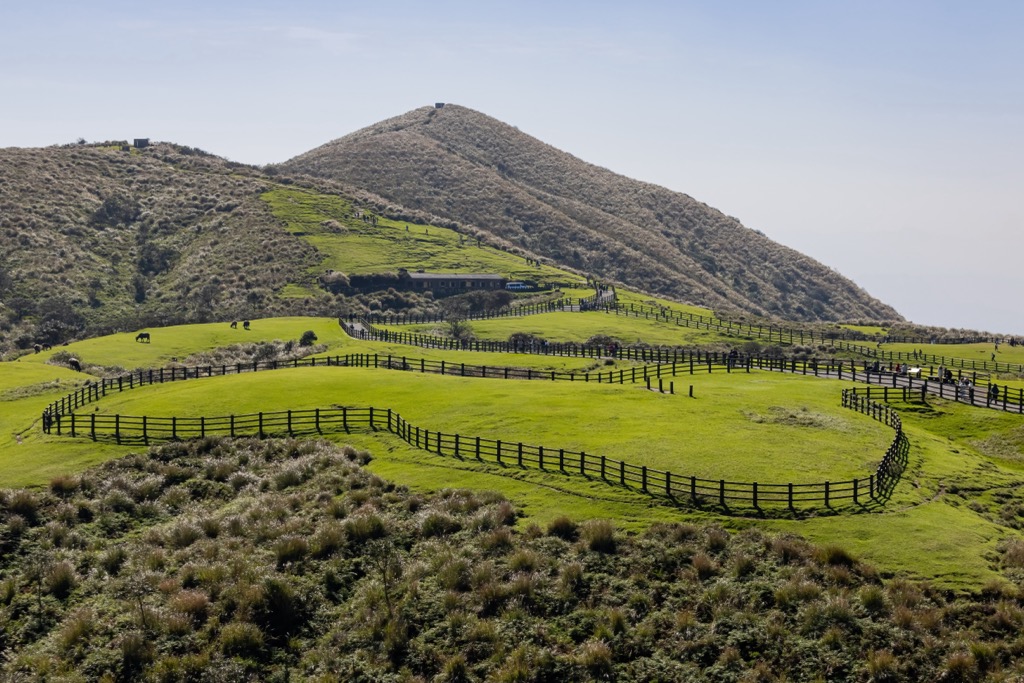
Descend into a valley between Lengshuikeng and Qingtiangang to find the magnificent Juansi Waterfall (絹絲瀑布) amidst a flourishing broadleaf jungle. The 20-meter (66 ft) cascade creates a humid environment in the verdant valley; thus, a layer of mist coats the magical landscape.
A stunning sight no matter the season, autumn and spring are exceptionally beautiful. Formosan begonias bloom in the springtime, adding a touch of romance to the forest with pretty pink pastels. During autumn, green maple trees turn crimson, transforming the emerald woods with warm tones of honey and burgundy.
As Menghuan Lake Ecological Reserve lies in Taipei’s backcountry, it will be most convenient to stay in Taiwan’s capital city. If you want to explore further out, then New Taipei City is an exceptional alternative with lots to offer tourists from geological wonders, old mining towns, and stunning nature.
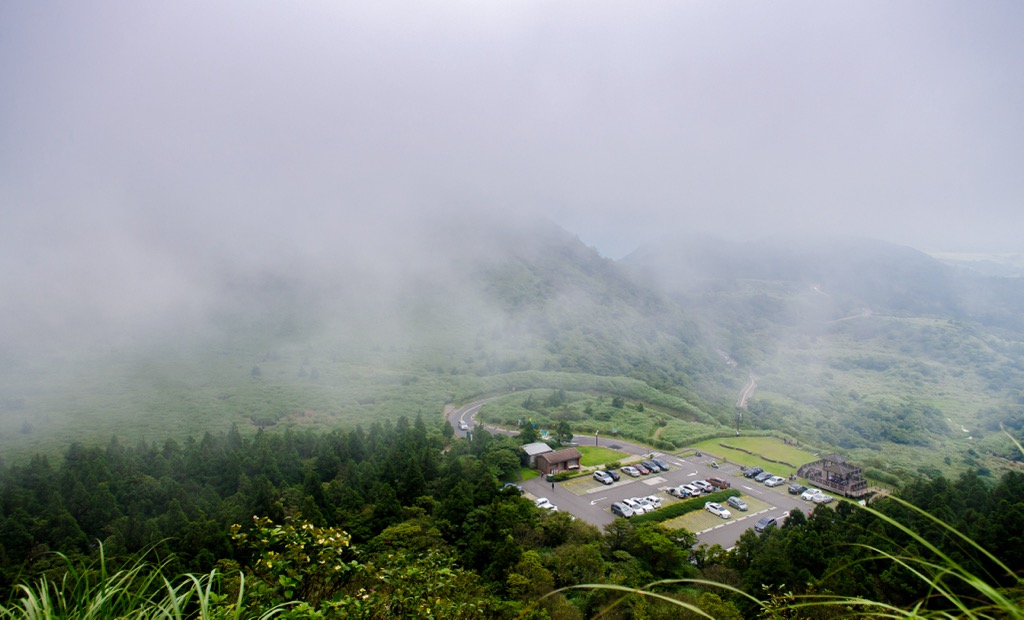
A capital city like no other, Taipei City is sure to captivate your sense and charm your heart. From its stunning temples and museums to its bustling night markets and delicious street food, Taipei City is a city that has something for everyone. But perhaps the best part of staying in Taipei City is the warmth and hospitality of the local people. You'll find that Taipei City is a welcoming and friendly place where visitors are always made to feel at home.
Whether you're an avid hiker or just looking for a unique and unforgettable experience in Taipei City, Elephant Mountain (象山) is a must-visit destination. As you hike up the steep steps and winding paths of Elephant Mountain, you'll be rewarded with breathtaking views of the city skyline, particularly the magnificent vista of Taipei 101, and the surrounding mountains.
If you're looking for an authentic Taiwanese experience, look no further than the Shilin Night Market (士林夜市) in Taipei City. As one of the largest and most famous night markets in Taiwan, the Shilin Night Market is a bustling hub of food, shopping, and entertainment. You'll be greeted by a tantalizing array of street food vendors serving up traditional Taiwanese dishes like oyster omelets, stinky tofu, and bubble tea.
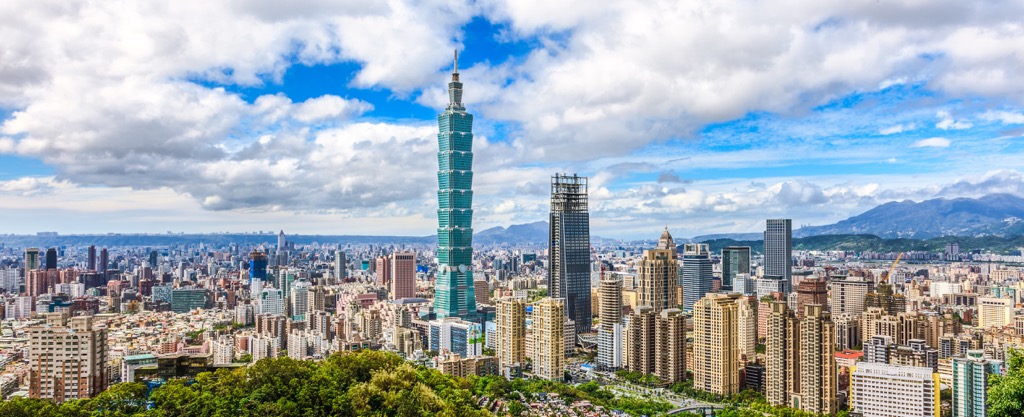
Escape the hustle and bustle of Taipei City and soak in the natural beauty and relaxation of Beitou Hot Springs. Located in the northern part of Taipei, Beitou is a charming district that's home to a variety of hot springs and spas, as well as stunning scenery and historical landmarks. One of the highlights of Beitou is its natural hot springs, which are known for their healing properties and therapeutic benefits. Soak in the mineral-rich waters and enjoy the serene surroundings of the lush green hills and forested landscapes.
Larger than Taiwan’s capital and completely surrounding Taipei’s green city, New Taipei City offers beautiful vistas of Taiwan’s most striking nature. From coastal seascapes to inland rivers with flourishing cliffsides, it's a gem waiting to be explored. Take a few days to adventure across this northern Taiwan metropolis, as it packs a punch of stunning natural wonders and historical treasures.
Nestled in the heart of the Bitan Scenic Area (碧潭風景區) in Xindian, the serene and picturesque Bitan Lake is a must-see destination for any traveler to Taipei. The tranquil turquoise waters of the lake are the perfect backdrop for a relaxing day of exploration and adventure. Rent a paddleboat and navigate the vast, sparkling waters of Bitan Lake. Or there are plenty of trails to explore in the forested areas around the lake, offering exceptional views of the beautiful blue lake below.
Next, stroll through the red Chinese lantern-lined alleyways of Juifen’s (九份) hilltop village and step back in time to the 1800s. Admire the town’s traditional architecture and historical tea houses and look out onto the breathtaking scenery of the Pacific Ocean from the steep stairways. Once an old Japanese mining village, Juifen provides a glimpse into Taiwan’s rich cultural heritage. Whether you're a history buff, a nature lover, or simply looking for a unique and memorable experience, Jiufen is a destination that's sure to leave you enchanted.
Finally, head to Yehliu Cape Nature Reserve (野柳岬自然保護區) for a spectacular sight to behold. Home to a collection of peculiarly shaped rocks formed by millions of years of wind and water erosion, one of the most famous rocks in the park is the Queen's Head. You can wander along the coastal paths and marvel at the unusual shapes and formations of the rocks, which have been given names such as the Fairy Shoe, the Candlestick, and the Ginger Rocks.
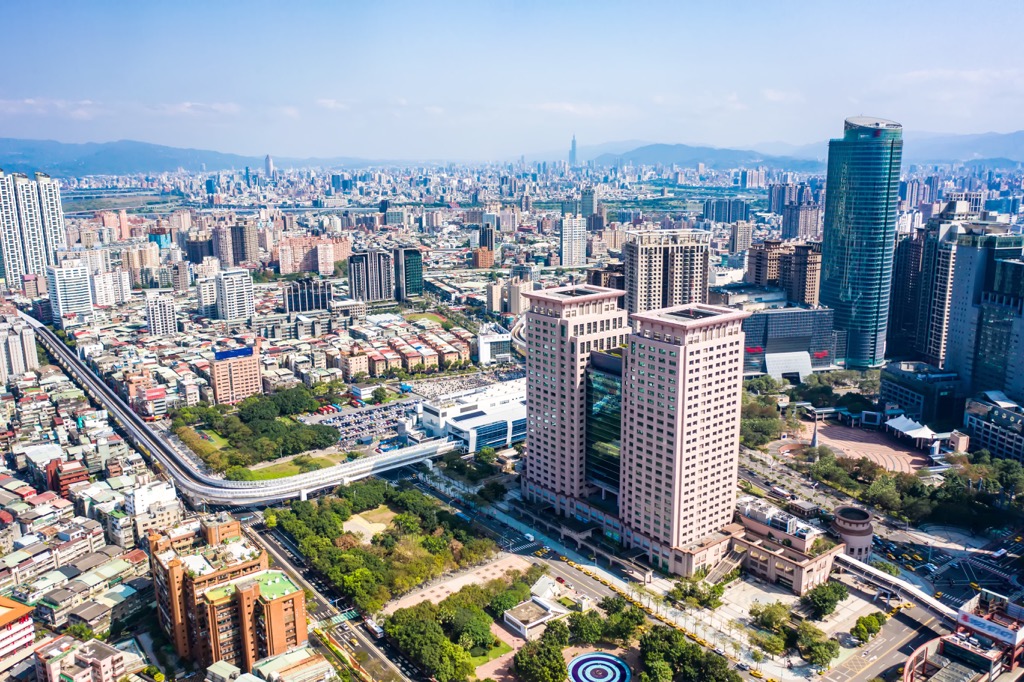
To get to Menghuan Lake Ecological Reserve, begin your journey at Taipei Main Station. Take the red line northwards to Jiantan MRT Station and transfer to the R5 or 260 bus that will take you to Yangmingshan National Park. Once there, board the Yangmingshan 108 bus, which will stop at Lengshuikeng. Get off here and walk 1 km (1.6 mi) to Menghuan Lake Ecological Reserve.
Explore Menghuan Lake Ecological Reserve (夢幻湖生態保護區) with the PeakVisor 3D Map and identify its summits.

